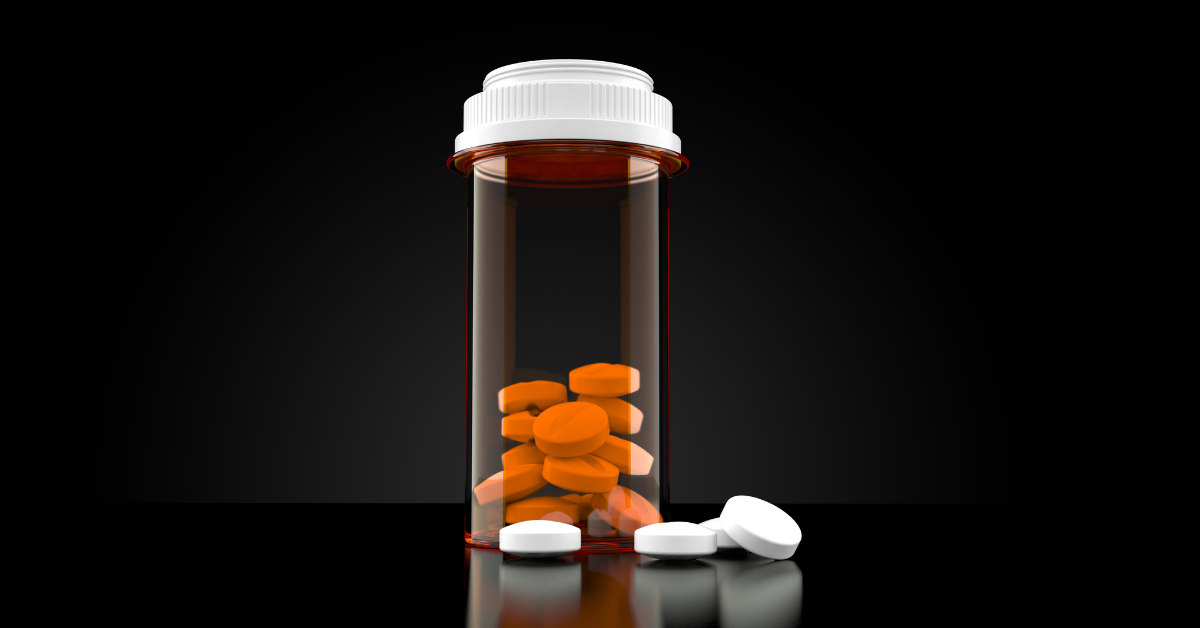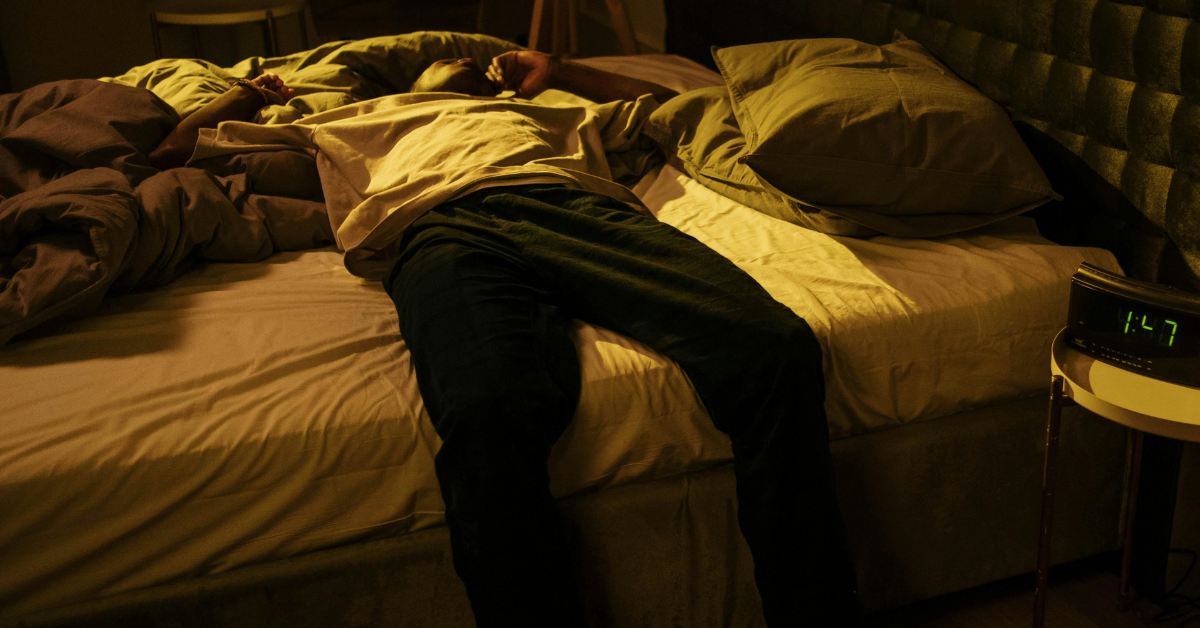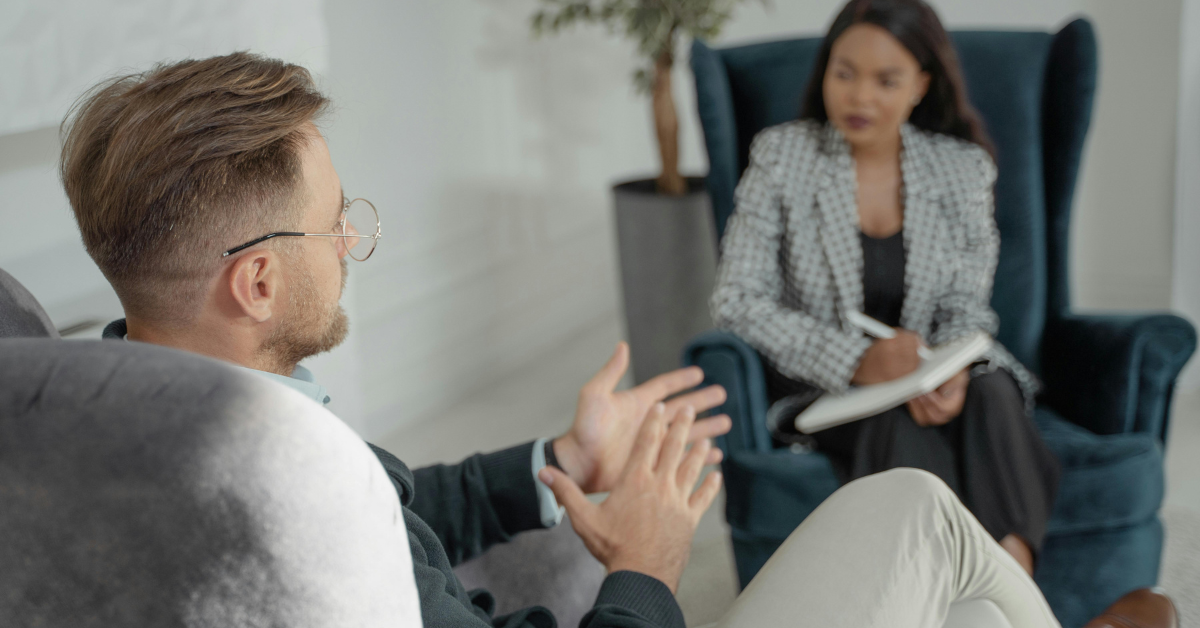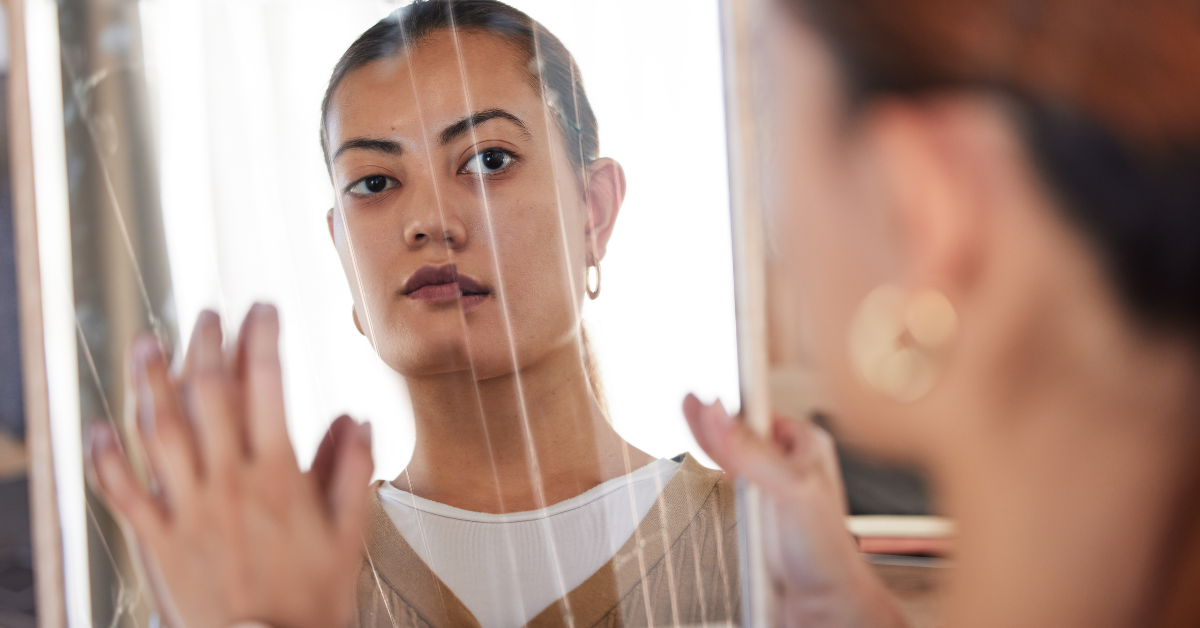Sudden changes in someone you love can stir up feelings of worry and confusion. You might suspect drugs play a role in these unexplainable changes but feel unsure about your suspicions.
Identifying drug use involves looking for behavioral patterns and physical evidence. The first clear signs often appear through drug-related items and shifts in daily routines. These indicators, though sometimes hard to spot, can reveal if your loved one struggles with substance use.
Milton Recovery Centers aims to educate on the warning signs of drug use, common drug paraphernalia, and the effects drugs have on family relationships. You’ll discover ways to spot potential addiction signs and learn to handle the situation with care. The goal is to create an environment that supports recovery and healing.
Early Warning Signs Someone is on Drugs in Family Settings
Family members can spot drug use through subtle changes that become more apparent over time. You spend time with your loved ones every day, which puts you in a unique position to notice these early warning signs that show up in family life.
Changes in Family Dynamics
Drug struggles often surface first in family relationships. Your loved one might become more distant at family gatherings or avoid traditional family activities. Communication patterns start to change – conversations become shorter, more defensive, or even hostile. Trust begins to erode while unexplained absences and secretive behavior become common.
Behavioral Pattern Changes if Someone is on Drugs at Home
The home environment reveals telling changes in behavior. Look for these changes in daily routines:
- Money problems or repeated requests to borrow money
- Neglect of usual household duties
- Different sleep patterns – too much sleep or staying awake for long periods
- New secrecy about personal space, including locked doors and private calls
- Pulling away from family and skipping shared meals or activities
Physical Changes and Health Signs if Someone is on Drugs
Your loved one’s appearance and health can give vital clues about drug use. Weight changes might happen quickly, or personal hygiene might decline if someone is on drugs. Pay attention to physical symptoms like:
- Frequent nosebleeds
- Bloodshot eyes
- Bruises without explanation
- Wearing long sleeves when it’s warm out
- Rapid weight loss
- Tremors or twitching
- Slurred speech
- Coordination issues
These physical signs usually come with behavioral changes and create a pattern you can’t ignore.
Note that spotting these signs early leads to faster help. Some changes might have other causes, but these behaviors’ patterns need your attention. Your role as a family member makes you the first to spot potential drug use and help your loved one find support.
Common Drug Paraphernalia in Different Spaces
Identifying signs of drug use is vital if you suspect someone you care about needs help. Drug users often hide their supplies in predictable spots throughout living spaces. Learning these common locations helps you spot potential risks early.
Bedroom and Personal Areas
The first signs of drug use typically show up in personal spaces if someone is on drugs. Check dresser drawers and closet corners since people often hide things there. Regular items might serve different purposes than intended. Empty lipstick containers, highlighters with removable caps, and pen barrels can hide substances easily. You might find unexplained holes in mattresses or modified stuffed animals your loved one seems particularly attached to.
Shared Living Spaces
Bathrooms and common areas can reveal significant signs of drug use. Here are some suspicious items to watch for:
- Kitchen spoons that are missing or have burn marks
- Cotton swabs with one end stripped
- Too many eye drops or breath fresheners
- Strange combinations of medicines (like anti-diarrhea medication with milk of magnesia)
- Household items modified, like water bottles with false bottoms
Pay special attention to the bathroom since users often choose it as a private space. Hidden compartments or suspicious items might be behind toilet tanks, under sink cabinets, or inside medicine cabinets.
Outside Areas and Vehicles
Vehicles offer many hiding spots you should know about if you suspect someone is on drugs. The areas under floor mats, beneath seats, and spots with loose carpets need checking. Look for signs of tampering with dashboard panels or door compartments. These outdoor spots need attention:
Your property could have hiding places in planters, compost bins, or outdoor decorations. Storage locations might include abandoned lots or buildings along regular routes. The trunk, area under the hood, and small storage compartments in vehicles often show signs of drug residue or paraphernalia.
Note that finding these items doesn’t prove drug use by itself. Multiple signs together suggest you should pay closer attention and maybe have a compassionate talk with your loved one if you suspect that someone is on drugs.
Understanding Drug-Specific Items if Someone is on Drugs
Knowing how to spot drug-related items is vital to recognize if someone is on drugs and how to get them the help they need. Finding these items can be upsetting, but understanding what you see helps you provide better support.
Prescription Drug Paraphernalia
Misused prescription drugs often leave behind specific items that look out of place. Watch for these telling signs:
- Multiple prescription bottles from different doctors
- Crushed pill residue alongside credit cards or IDs with worn edges
- Empty gel caps or unusual quantities of loose pills
- Razor blades or cutting tools near medicine cabinets
- Cut straws or rolled paper/bills
Prescription bottles alone shouldn’t raise alarms. The combination of crushing tools and multiple prescriptions from different sources might indicate a serious issue that needs attention.
Street Drug Equipment
Street drugs need specific tools, and manufacturers often disguise them as everyday items. Products labeled “tobacco use only” might serve a more concerning purpose. Common items include:
Pipes crafted from glass, metal, or wood, water pipes or bongs, and small digital scales. Be particularly alert to products featuring drug culture imagery or suspicious disclaimers about intended use. Other street drug equipment you should look out for if someone is on drugs are:
- Orange caps, like the ones from insulin needles
- Loose water bottle caps
- Q-tip sticks with no cotton
- Belts, wires, or long pieces of strings in strange places
- Cigarettes with missing filters
- Torn-off pieces of plastic bags
- Small plastic containers
- Small wax bags
- Empty capsules
- Broken lightbulbs
- Multiple lighters
These items may look innocent, but understanding their possible dual purpose helps identify problems early.
Concealment Methods and Containers
Drug concealment has evolved, and manufacturers now create ordinary-looking items designed to hide substances. People often hide drugs in:
- Deodorant containers with false bottoms
- Fake beverage cans with hidden spaces
- Modified hairbrushes or batteries
- Hollowed-out books or picture frames
Look for normal items that seem altered or feel heavier than usual. Modern hiding spots include everyday objects, from energy drinks to household cleaners, that wouldn’t normally catch your attention.
Note that finding these items doesn’t prove if someone is on drugs, but it should lead to a thoughtful, caring conversation. Your goal isn’t to investigate but to support someone who might need help.
How Drug Use Impacts Family Relationships
If someone is on drugs, it sends shockwaves through family relationships. It turns stable family bonds into tangled webs of doubt and tension. The effects of substance use in a home reach beyond the person battling addiction – each family member faces their own unique challenges.
Communication Breakdown Patterns
Your family’s communication style changes drastically if someone is on drugs and addiction takes hold. Open and honest talks give way to tense exchanges filled with defensive responses and emotional distance. Family members often find themselves walking on eggshells. They choose their words with extreme care to avoid triggering confrontation or denial.
The changes start small. A few missed family dinners here, shorter conversations there, or someone who can’t look you in the eye anymore. These communication gaps grow wider as your loved one becomes more secretive and withdrawn. They might get defensive about where they’ve been or how they spend their money. This creates a cycle of questions and dodged answers that put more strain on family relationships.
Financial Strain Indicators That Someone is on Drugs
Drug use wreaks havoc on your family’s financial stability. Here are some warning signs to watch for:
- Money vanishing from household accounts
- Regular pleas for loans or sudden money “emergencies”
- Valuables disappearing from your home
- Bills piling up despite regular income
- Strange patterns in ATM withdrawals or credit card use
- Never having money despite working
If someone is on drugs, the burden of addiction weighs heavily on other family members. They often work extra shifts or take second jobs to keep the household running. This extra pressure breeds resentment and tears at family bonds.
Trust and Security Issues if Someone is on Drugs
Trust crumbles quickly once addiction enters your home. You might catch yourself fact-checking everything your loved one says or needing proof of their whereabouts. This breakdown shows itself through:
Broken promises pile up and leave deep emotional scars on the family. You might feel anxious about leaving valuables around or feel forced to hide money and resources. This loss of trust spreads beyond your immediate family and affects relationships with friends and relatives who also deal with the fallout from dishonest behavior.
The security concerns go deeper than just protecting possessions – they cut into emotional safety, too. Family members say they can’t feel emotionally secure or count on their addicted loved one anymore. This creates a vicious cycle where decreased trust leads to increased monitoring, which pushes the person struggling with addiction to be even more secretive.
Creating a Support System
A structured approach and reliable support system will help you take action after spotting signs that someone is on drugs. Your support network becomes the foundation that leads to lasting recovery and healing.
Family Intervention Strategies
A well-planned intervention can make all the difference once you decide to address drug use with your loved one. Professional interventionists report up to 90% success rates with properly structured interventions. Here’s how to plan an effective intervention:
- Form your intervention team (4-6 trusted individuals)
- Gather information about addiction and treatment options
- Plan specific examples of concerning behaviors
- Rehearse the intervention process
- Choose an appropriate time and location
- Present treatment options
- Set clear boundaries and consequences
- Follow through with stated intentions
Professional Help Resources
You’ll find plenty of support on this challenging trip. Professional support resources include:
- Treatment Facilities
- Inpatient rehabilitation centers
- Outpatient treatment programs
- Medication-assisted treatment options
- Telehealth therapy services
- Support Organizations
- Alcoholics Anonymous (AA)
- Narcotics Anonymous (NA)
- SMART Recovery
- Family-specific groups like Al-Anon and Nar-Anon
Building a Recovery-Supportive Environment
A supportive home environment is vital to successful recovery. Clear boundaries and a substance-free space will help. Remove any triggers or substances that might compromise recovery efforts.
Your role involves several key aspects:
Physical Support: Make your living space recovery-friendly by removing alcohol, drugs, and related paraphernalia. Set up areas for relaxation and healthy activities that promote healing and growth.
Emotional Support: Create open communication channels where your loved one shares their struggles without judgment. Listen actively and show empathy while keeping healthy boundaries. Recovery isn’t linear—setbacks happen, but your steady support makes a difference.
Practical Support: Strong routines and structure help recovery. This might include:
- Regular meal times and proper nutrition
- Consistent sleep schedules
- Exercise and physical activity
- Transportation to treatment sessions
- Help with daily responsibilities during early recovery
Professional guidance can help you handle complex family dynamics. Treatment professionals offer family therapy sessions to address underlying issues and improve communication. They’ll help you understand addiction and develop effective coping strategies.
Stay connected with support groups designed for families affected by addiction. These groups share valuable insights from others who understand your challenges and can offer successful strategies. They’ll show you how to support recovery while taking care of yourself.
A supportive environment goes beyond physical changes—it encourages understanding, patience, and hope. Your dedication to learning about addiction and recovery shows your loved one they’re not alone.
Drug Addiction Treatment at Milton Recovery
Recognizing the signs of drug use and identifying paraphernalia can be daunting, but it’s a vital step toward supporting your loved one on the path to recovery. Your awareness and compassionate approach can open the door to communication, healing, and hope. Remember, you’re not alone in this journey—many resources and professionals are available to help guide you and your loved one through this challenging time.
If you’ve found drug paraphernalia or suspect a loved one is struggling with substance use, Milton Recovery Centers is here to help. Our experienced and compassionate team is dedicated to providing the support and care your family needs to move forward. Visit Milton Recovery Centers or contact us today to take the first step toward healing.




